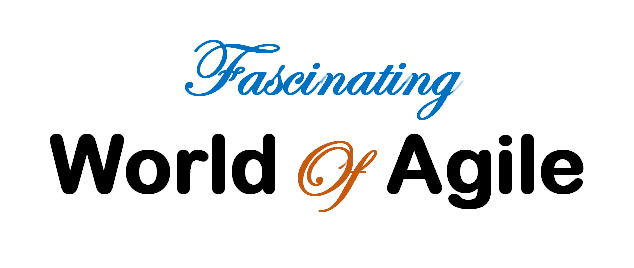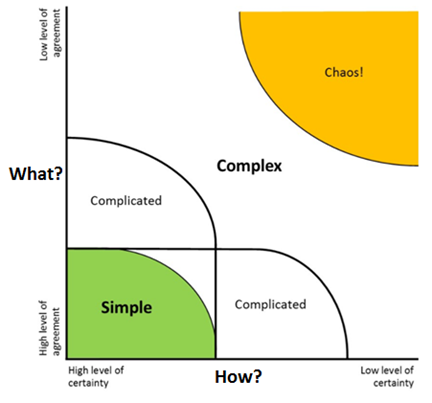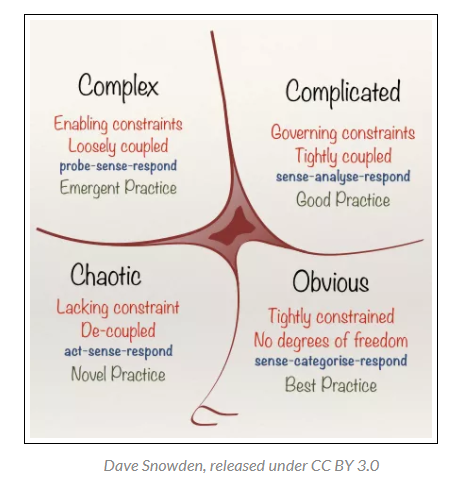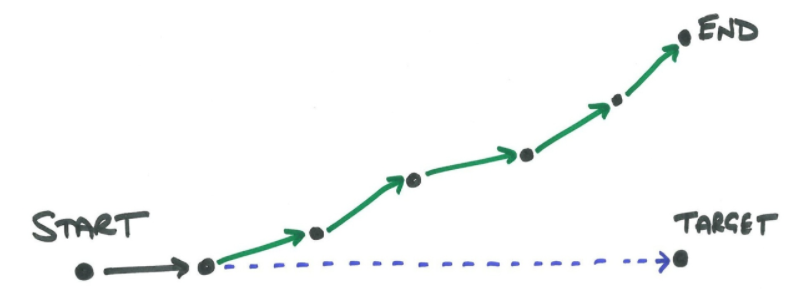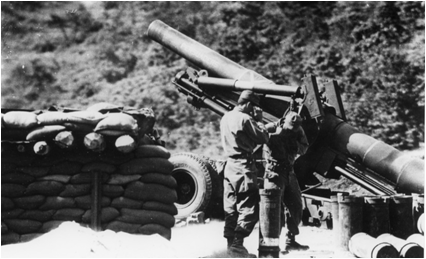Scrum is used to handle complexity. Complexity means unknown work. This is achieved with an approach which is based on Empirical Process Control. Empiricism asserts that decisions be taken based on what you see and not just on assumtions.
Why should you use Scrum?
Scrum is a framework which is based in Empirical process control. Scrum’s structure consists of pillars of Transparency, Inspection and Adaptation. By inspecting and adapting frequently, it helps react effectively to unknown situations.
Scrum is not unproven hype. It’s a solid and successful Agile framework that’s been applied to a variety of projects and teams. Scrum has been applied across various industries to get results. It is a solution to shorten the planning horizon and focus on usable products which can be tested against the assumptions. The feedback received can be used to make the product better. Hence Scrum becomes a de-facto standard for handling Empirical problems.
The frameworks described below describe areas which are fit for Scrum. The area in the Ralph-Stacey model as well as the Cynefin framework is called Complex work.
Ralph Stacey Model
Ralph Stacey developed this model in 2011. The model is two-dimensional, based on the WHAT (The requirements) and the Solution (HOW). Based on these two dimensions, decision can be made on type of work and subsequently method / framework can be chosen.
The model is two-dimensional, based on the degree of certainty and level of agreement.
The vertical (Y axis) : The Y axis represents the requirements (WHAT?)
The horizontal (X) axis : The X axis represents the solution (HOW?)
In the diagram depicted above, the GREEN area shows high degree of agreement and certainty on WHAT and HOW. This type of work is called the Simple work. The Simple work can be performed with set of steps and executing the set of steps. Just above the GREEN area is the complicated area. Complicated area is the area where the problems can be broken down into simpler smaller problems and executed.
On the right corner of the graph is the YELLOW area depicted in the diagram. There is low degree of certainty on WHAT and HOW. This area is the CHAOS area.
The central area is depicting the area which is not really the Chaos but still has a lot of uncertainty on WHAT and/or HOW. This area is called the Complex Area.
When the work is Complex in nature, the decisions have to be taken based on what you see. Therefore Scrum fits as a right fit for this area.
Cynefin Framework
The Cynefin framework is another representation of how different types of work are represented. The Cynefin framework helps us realize that all situations are not created equal and to help us understand that different situations require different responses to successfully navigate them.
You can see in the above diagram that there are 5 domains.
- Obvious (formerly known as Simple) is the domain of best practices.
- Problems are well understood and solutions are clear. Solving problems requires minimal expertise. Many issues addressed by help desks fall into this category. They are handled via set of steps and the steps are executed..
- Complicated is the domain of good practices.
- You have a general idea of the known unknowns — you likely know the questions you need to answer and how to obtain the answers. Assessing the situation requires expert knowledge to determine the appropriate course of action. Given enough time, you could reasonably identify known risk and devise a relatively accurate plan. Expertise is required, but the work is evolutionary, not revolutionary.
- Complex is the domain of emergent solutions.
- There are unknown unknowns — you don’t even know the right questions to ask. Even beginning to understand the problem requires experimentation. The final solution is only apparent once discovered. In hindsight it seems obvious, but it was not apparent at the outset. No matter how much time you spend in analysis, it is not possible to identify the risks or accurately predict the solution or effort required to solve the problem.
- Chaotic is the domain of novel solutions.
- As the name implies, this is where things get a bit unpredictable. Things have gone off the rails and the immediate priority is containment. Example: Production defects. Your initial focus is to correct the problem and contain the issue. Your initial solution may not be the best, but as long as it works, it’s good enough. Once you’ve stopped the bleeding, you can take a breath and determine a real solution.
- Disorder is the space in the middle.
- If you don’t know where you are, you’re in “Disorder.” Priority one is to move you to a known domain.
Summary of Applicability of Scrum
Scrum is to be used for complex situations where the outcome is unknown to start with. the approach should be to inspect and adapt so that you can reach the right place.
Another analogy to explain where Scrum is applicable
If the target is stationary, Scrum is not the right solution. Scrum is expensive for products where scope is very well known to start with. E.g. if you use a missile solution where cannon could work, obviously, you are not using the wrong solution and it will cost you.
Scrum is a solution to moving targets – customer not knowing the requirements well at the start. The approach in this case should be a F16 solution instead of a Cannon solution.
